Today is the Russian Easter, or Pascha as it is more commonly known across Russian-speaking countries. Celebrated in most of Eastern Europe. It is a lively holiday that marks the resurrection of Jesus Christ and the coming of Spring. These days in Russia, Pascha is more than a question of faith – it is a celebration of a national identity.
Traditional Easter foods and symbols are still very much present in the celebration of this holiday. Russians prepare their Pascha baskets for church blessings. So what are some of these Russian Easter foods and traditions?
Symbolic Easter Food
After a time of fasting during Great Lent when many animal products are forbidden, Easter is a time to once again enjoy delicious Russian food. A beautifully set table with starched white linens, fine utensils (made of real silver in the old days!), crystal chalices, fresh flowers and lots of traditional Russian food was how many families celebrated Easter.
Here are some symbolic Easter foods that traditionally make it into the Pascha basket:
- Kulich freshly baked and topped with white icing and colorful sprinkles and the letters XB which stands for Christ is Risen (Христос Bоскрес!)
- Paskha a pyramid-shaped cheese dessert made with farmers cheese, eggs, butter, raisins and almonds
- Colored eggs hard boiled and dyed either blood red or other colors to represent the Resurrection and new life
- Ham or lamb meat symbolize the great joy and abundance of Easter
- Butter is typically shaped into a figure of a lamb or a three-barred (Russian) cross and reminds us of the goodness of Christ
- Horseradish grated with red beets is symbolic of the Passion of Christ; he bittersweet flavors also remind us of his resurrection
- Special Blessed candles symbolizes the light of the world and light of Jesus Christ
- Verba (Pussy Willow) branch as a symbol of new life and new beginnings
Red Eggs story
Eggs are a universal symbol of life. In Christianity they are thought to represent resurrection. Yet there are many references to red eggs that can be found in ancient pagan Russian and Ukrainian traditions. Following the winter season when many chickens could not lay eggs. Particularly in harsh cold climates, the arrival of Spring meant that new life would soon appear.
To welcome and celebrate Spring, pagan people offered eggs as small gifts and sacrifices to the pagan gods. While the wealthy could afford to gift golden eggs, commoners took on the traditions of dying eggs red, and later decorating them with more ornate designs. Many rituals were performed with eggs because they were thought to contain magical powers.
The magical powers can be found in Christianity as well. According to legend, shortly after the resurrection of Jesus, Mary Magdalene went to Rome to preach the Gospel. When she appeared before Emperor Tiberius, she offered him an egg as a gift and pronounced that “Christ is Risen”. The Emperor, skeptical of her allegation, declared that the chances of anyone rising from the dead as about the same as the egg turning red. At once, the egg miraculously took on a blood red hue. And with that, a beautiful tradition had taken root.
Oh, and we bet you didn’t know that eggs even acted as birth certificates. It’s true! During the 19th century German families living far from the nearest town hall and could not appear in person to file a birth certificate, eggs would be accepted as identification. The egg, dyed and inscribed with the person’s name and birth date was sent to the town hall to be registered and were legal accepted by the courts.
Triple kisses tradition
During Easter, it is customary for Russians to greet each other with three kisses – one on each cheek, and one extra – and say the words “Khristos Voskres” (Христос Воскрес) which means Christ is Risen. The reply is “Voistinu Voskres” (Воистину Воскрес) – Truly Risen. The tradition of kissing three times is thought to be symbolic of the Holy trinity and in the 17th century followed a specific tradition of first kissing the icon of Jesus and Mother Mary, then kissing the priest and then embracing your friends and family. Beyond Christian meaning, the three kisses also symbolize belief, hope and love.
Russian kissing traditions go well beyond Easter – it is a sign on welcoming a person into your life and into the home. Interestingly, in many Russian folk and fairy tales a kiss was a major antidote against hurt and cruelty. To this day, children believe that if they hurt themselves, the best remedy for the pain to go away is their mother’s kiss.
We wish you all the joys and blessings of the Easter Holiday!!

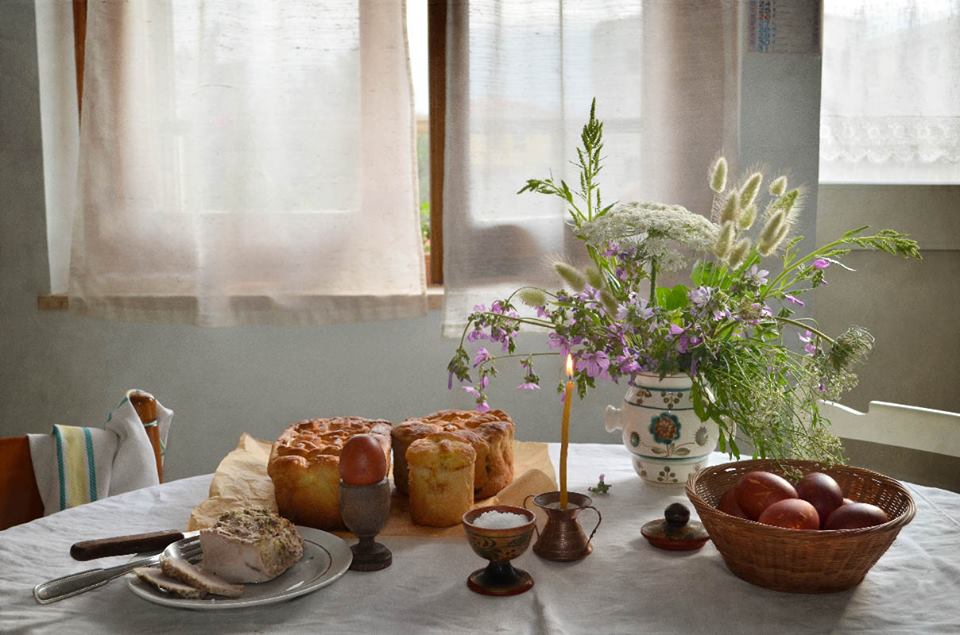

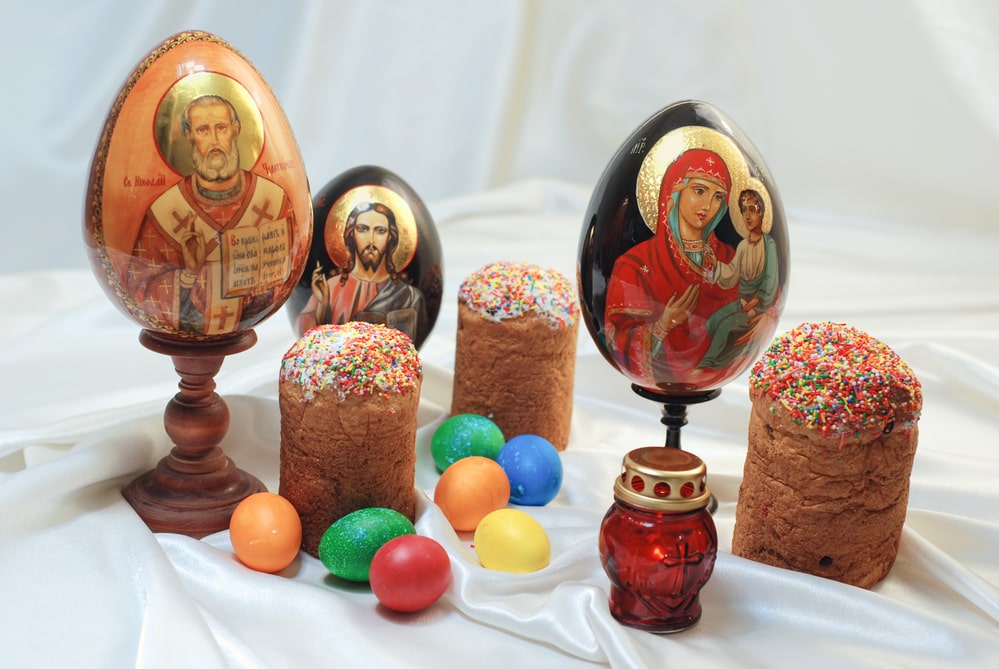
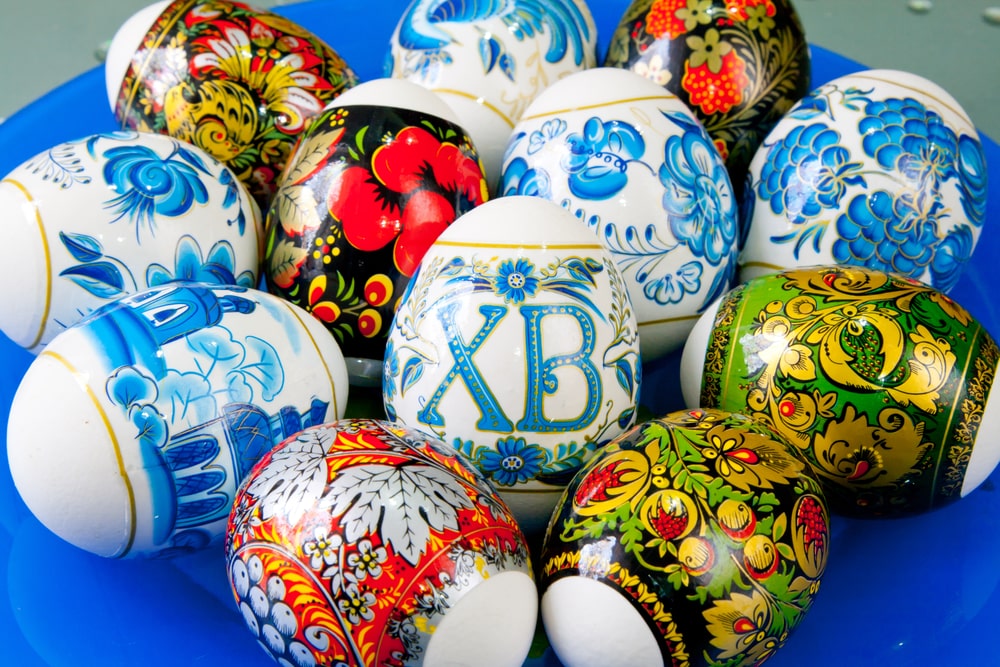
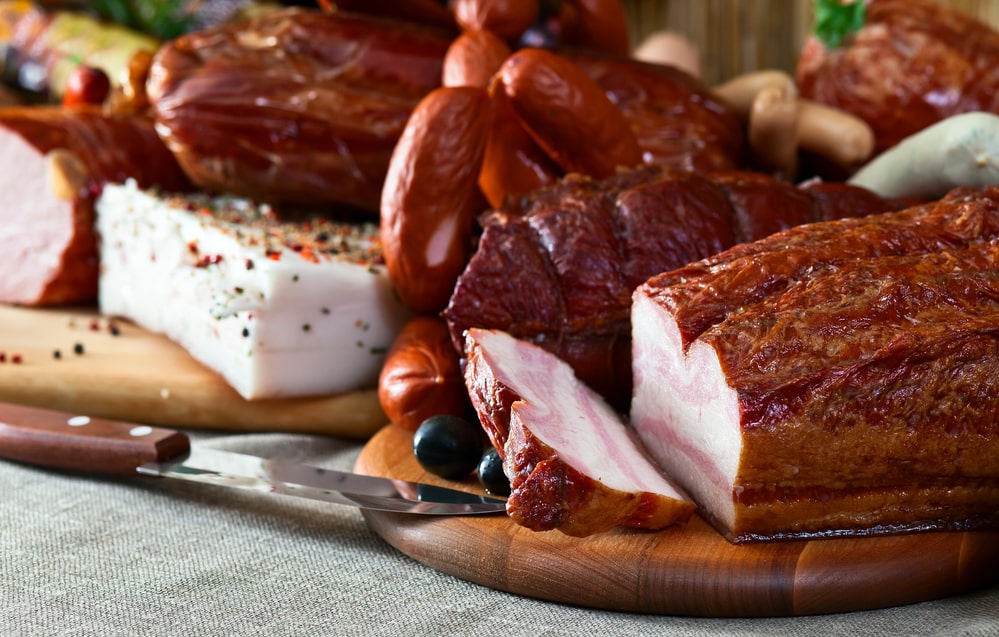
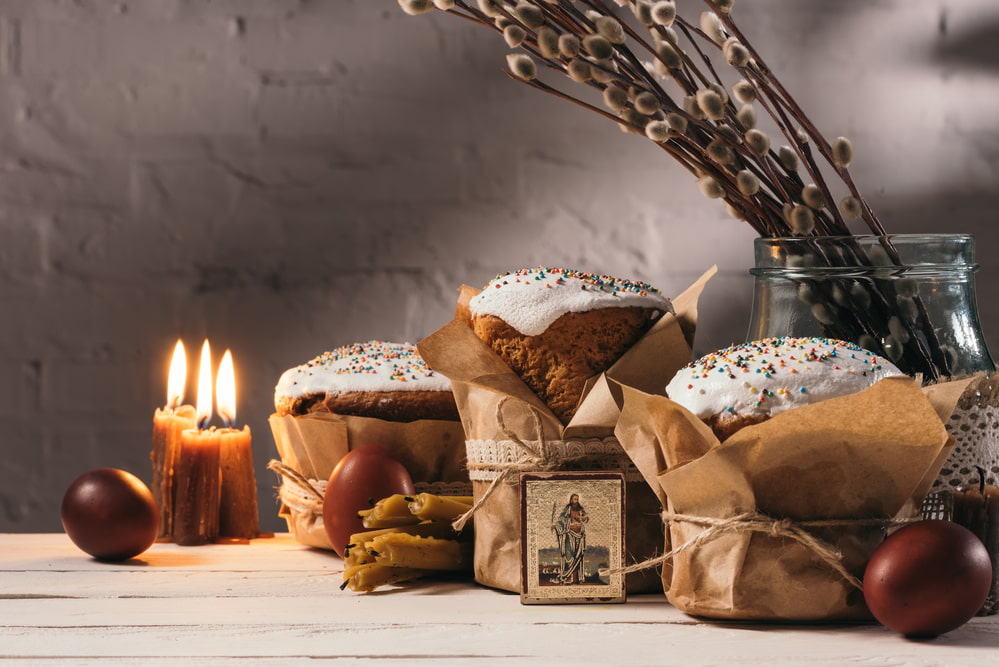
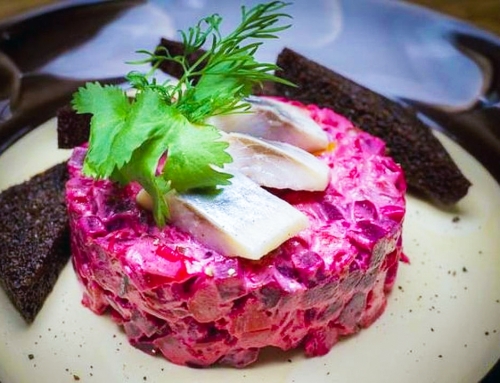
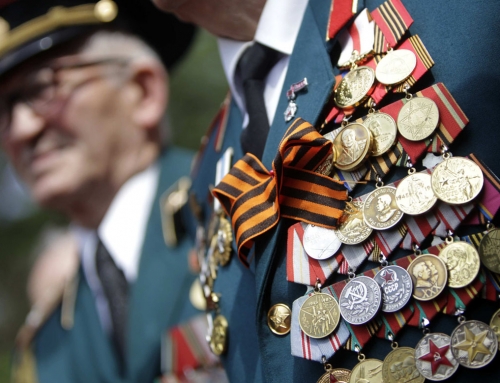
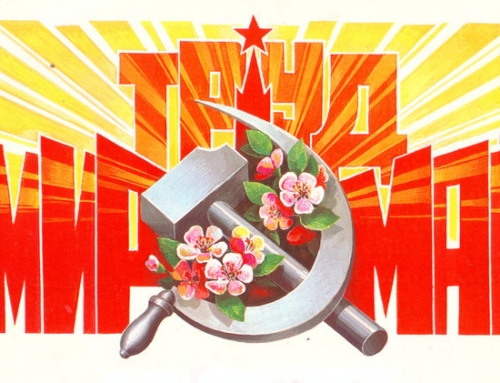
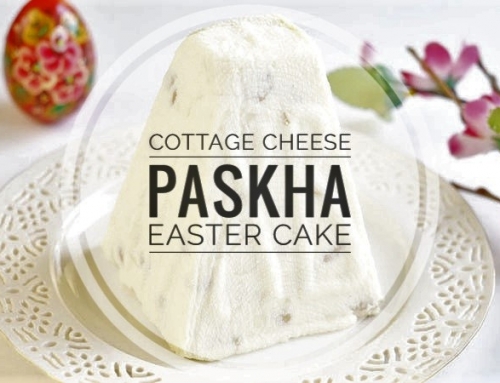
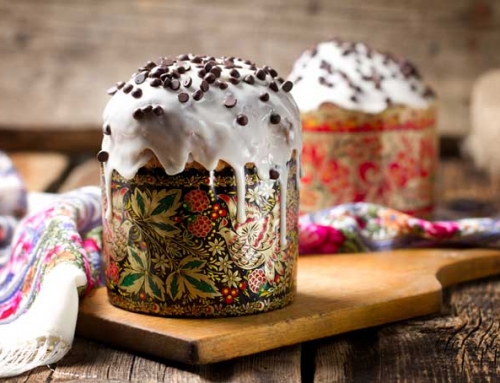
Leave A Comment